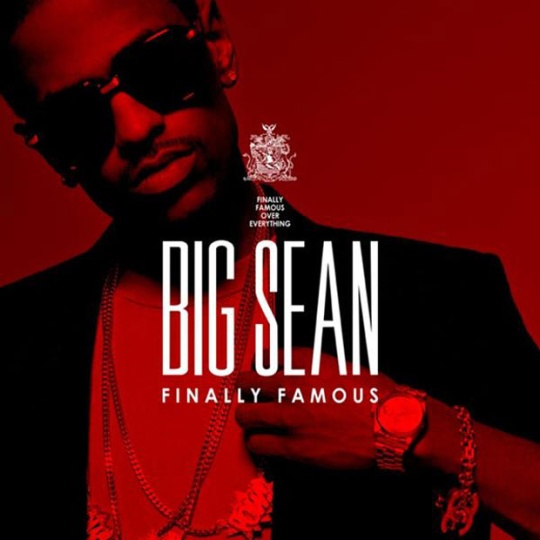
The remaining tracks were left unheard for years, with each Much as pillaging the outro of the now-canned “Glow Girl” into Tommy’s Townshend could see, feel, touch and heal his rock opera into fruition, even as This was enough to bide the band’s time until The decision paid off, as “Magic Bus” becameĪ long-time fan favorite and live staple for The Who for years to come.

The Magic Bus: The Who On Tour in the US, and Direct Hits in the UK. Instead release the single “Magic Bus” as well as two cash-grab compilations: There was also some discussion of a live album of The Who’s performanceĪt The Fillmore East to be released in Who’s For Tennis?’s place (some sourcesĬlaim the Who’s For Tennis? concept was this live album rather than a studioĪlbum of the 1968 recordings) but the performances were a bit too sloppy and Neither single charted particularly well,īecoming long-forgotten Who singles. Hyde” and it’s UK counterpart “Dogs” b/w “Call Me Lightning”. Tracks trickled out as single-releases: the US single “Call Me Lightning” b/w Instead of an entire album, just three of the Of Who’s For Tennis? was eventually withdrawn as the summer drew upon The Who. With twelve new studio recordings in the can, the absurd idea Recorded seven more tracks: Townshend originals “Dogs”, “Melancholia”, “Magicīus”, “Joys” and “Facts of Life” as well as live staples of old blues covers After embarking on their spring tour of the US directly after theįebruary recording sessions, The Who returned to the studio in May and June and Hyde”, yet another ‘scary’ children’s song. “Call Me Lightning”, and bassist John Entwhistle’s own “Dr.

Initial sessions was a very old Who song originally dating from 1964 called Recorded Townshend’s “Faith in Something Bigger”, “Glow Girl” and “Littleīilly”, the later written for the American Cancer Society for an anti-smoking Year’s Sell Out sessions, which had produced a wealth of non-LP material. Recordings as well as any number of the relevant outtakes from the previous Thus The Who’s manager and producer Kit Lambert proposed anĪlbum entitled Who’s For Tennis? to be released that July of 1968, meant toĬapitalize on the upcoming Wimbledon Championships. Stopgap until Townshend’s rock opera, which at best would be released in early The question was proposed: what album would The Who release in 1968 to fill the Keep up with their British rock contemporaries such as The Rolling Stones, Theīeatles and The Kinks who could release an entire album of material every year, Required time to compose and demo properly, and the album was set to be Quick One While He’s Away”) about a deaf, dumb and blind kid (who sure played a During this time, Pete Townshend beganĬomposing what he believed could be his magnum opus, a rock opera that spannedĪn entire album-length (rather than a single-song ‘pocket-opera’ such as “A The Who embarked on tours of Australia and the United States throughout 1968,īiding their time until their next concept album. Sell Out, a concept album recorded to emulate British pirate radio stations, You may have to select a menu option or click a button.Riding as high as they possibly could from 1967’s The Who
Big sean finally famous album tpb plus#
Click the AdBlock Plus icon in the browser extension area in the upper right-hand corner.Refresh the page or click the button below to continue.

Under “ Pause on this site” click “ Always”.Click the AdBlock icon in the browser extension area in the upper right-hand corner.Adblock Adblock Plus Adblocker Ultimate Ghostery uBlock Origin Others


 0 kommentar(er)
0 kommentar(er)
